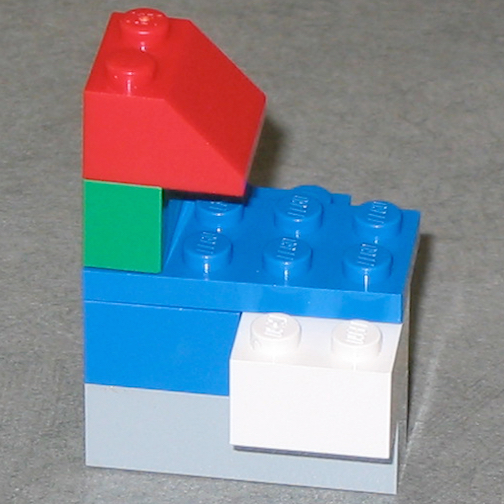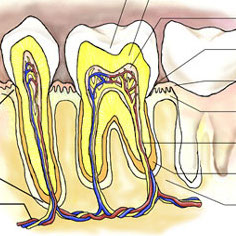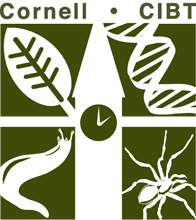Labs & Activities

Bouquet of Flowers
Ecology
Evolution
High School
Inquiry/Scientific Method
Insects
Plants
Recently Updated!
This series of four different lab activities all relate to flower reproduction. They have been designed to relate to each other and to stand alone. Name that Pollinator focuses on adaptations for successful pollination. Both pollen and pollen vectors are examined. Observing, data gathering, making measurements through the microscope, and… read more of the article entitled “Bouquet of Flowers”

Building Blocks of Life
Evolution
Genetics
High School
Molecular Biology
Recently Updated!
The shape of a protein determines its function. In this lab, students will be given a hypothetical DNA sequence for part of an enzyme. Using the Universal Genetic Code, they will then determine the amino acid sequence coded for by the DNA. Students will examine a “substrate” and predict the… read more of the article entitled “Building Blocks of Life”

I’ll Have a Bite! – Greg Panzanaro
Forensics
High School
Recently Updated!
This lab was designed by one of our alumni teachers to complement CIBT’s Forensics Odontology kit. Downloads I’ll Have A Bite (Greg Panzanaro)

Metric Measurement
Animals
Elementary School
Inquiry/Scientific Method
Middle School
Physiology
Recently Updated!
Downloads Metric Measurement (Student Edition)

Teeth Unit
Elementary School
Human Health
Middle School
Physiology
Recently Updated!
Students will investigate the characteristics of teeth and what teeth can tell about an animal’s lifestyle: Students will sort and categorize 10 to 12 teeth. Given information about what canines, incisors and molars are, students will identify which teeth are which and why. They will predict which teeth came from… read more of the article entitled “Teeth Unit”

World of Crickets
Ecology
Elementary School
High School
Inquiry/Scientific Method
Insects
Middle School
Recently Updated!
“The World of Crickets” is a series of lab activities involving live crickets kept in the classroom that can be modified to suit students of all ages. Lab 4 is best suited for older students, as it requires experimental design and execution. Lab 1: What Do Crickets Eat? Students will… read more of the article entitled “World of Crickets”

